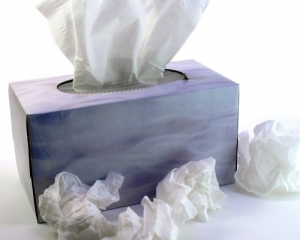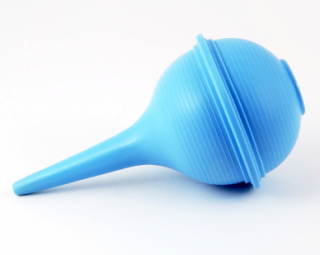
by jphilo | Feb 11, 2013 | Current Events

As a former elementary school teacher and survivor of a respiratory virus that’s still holding the man of steel hostage, today I’m officially launching a personal research study into a new branch of science.
Tissue-ology
My interest in this area of research was first piqued during 25 years of teaching. Early on, I observed an interesting pattern. The number of boxes of tissues used by students in a given year correlated directly to the number of learning and behavior issues among those students.
Correlation 1: More learning + behavior issues = More tissues consumed.
Correlation 2: Fewer learning + behavior issues = Fewer tissues consumed.
Tissue-ology
More recently, I’ve discovered that the whereabouts of tissue boxes in our house are good indicators of the healthiness of the inhabitants of a household under respiratory siege.
Stage 1: Tissue boxes in normal positions in each bathroom = everyone feels hunky dory.
Stage 2: Tissue boxes the couch or end table = everybody’s in denial about how fast they’re goin’ down.
Stage 3: Tissue boxes on couch or end table + overflowing wastebasket nearby = hell health in a hand basket.
Stage 4: Tissue boxes back in normal position + stray tissues on bedside and end tables = getting better, but not quite there yet.
Stage 5: Tissue boxes in normal position + dust on the tissue on top = God’s in his heaven + all’s right with the world.
Tissue-ology
According to official scientific monitoring underway at our house, I am currently at Stage 4, while the man of steel is at Stage 3. I am also looking for volunteers willing to participate in this research study. At this point, I can’t afford to pay you, but your name will be added to the list of charter tissue-ologists, which will be a big deal when the field of tissue-ology gets up and blowing running. Leave a comment below if you would like to participate in the study. And remember, you heard it here first.
Tissue-ology.

by jphilo | Sep 21, 2012 | Daily Life

I have a terrible cold. I’m all stuffed up and blowing my nose. A lot. If I forget to blow my nose, I start talking like dis. Bery hard to uderstad. So I am very thankful for an advance of modern science often taken for granted.
The humble facial tissue.
If it weren’t for tissues, I’d be laundering handkerchiefs laden with nasal excretions, too gross to describe on this blog, while simultaneously trying to blow my nose. See, I have to constantly blow my nose, or it gets so stuffed up I can’t breath when my mouth is closed. Which happens all to often when I’m concentrating hard on writing.
Which got me to thinking about babies.
Babies are on my mind these days because I’m going to be a grandma any day now. If you weren’t aware of that development, you must be new to this blog since I mention it almost every day. So let me extend a hey-howdy, hearty welcome to you, first time visitor! Thinking about babies made me think about another advance of modern medicine every young mother needs.
The snot sucker.
Also known as a baby nasal syringe. Or nasal aspirator. Whatever moniker you give it, the snot suckers is an invaluable tool for: removing disgusting boogers from noses so stuffed up they can’t breathe when their mouths are closed, babies too young to hold a tissue and blow their own noses, babies too young to obey the command to blow when a tissue is placed over the nose, and babies so young their default mode is to gum tissues to death.
In other words, if you’ve got a baby with boogers, you need a snot sucker.
Be sure to follow the directions on how to use the syringe or you could have boogers and snot going every which way, a prospect almost as disgusting as laundering mucus-laden cloth handkerchiefs. And with that thought, the time has come to end today’s tribute to miracles of modern science. Because, for the most squeamish among us, any more details about nasal excretions may require the use of a third miracle of modern medicine.
Smelling salts.



